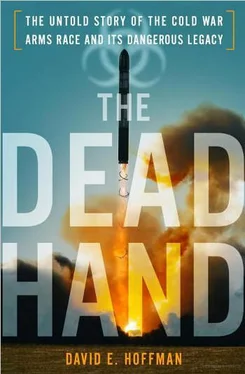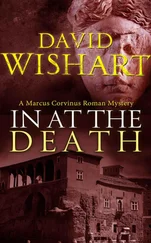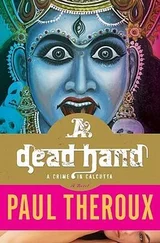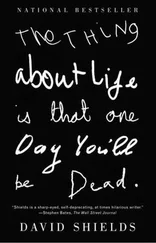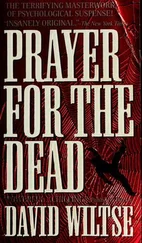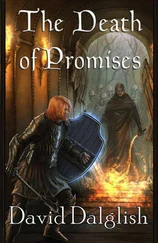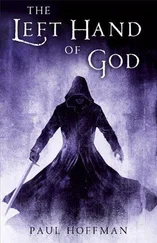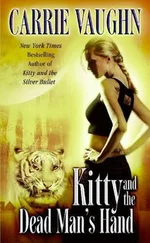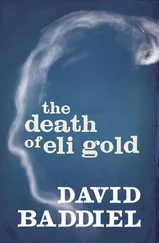A few weeks later, Chuvakhin called and scheduled another meeting with Ames. On May 15, Ames entered the Soviet Embassy and asked for Chuvakhin, but was escorted instead to another, soundproofed room. There, a KGB officer passed him a note saying they had agreed to pay him $50,000.
The very next day in London, May 16, a cipher clerk walked into the office of Oleg Gordievsky and handed him a handwritten telegram from Moscow headquarters.
Gordievsky had done much to help the West: revealing Andropov’s paranoia about nuclear war with the RYAN operation, and paving the way for Gorbachev’s successful visit to Britain. In April, Gordievsky moved up to become KGB chief in London, in position to do even more for the West. But the message from Moscow hit him like a “thunderbolt,” he recalled. The telegram was a summons for him to come back to Moscow right away “in order to confirm your appointment as resident,” and to meet top officials of the KGB. It was strange—he had already done that a few months earlier. 19He was terrified. He went to his British handlers and told them of the request. They were relaxed and urged him to go ahead with the trip. But just to be sure, Gordievsky rehearsed a plan the British had developed for him to escape if he felt in danger. He left his family behind in London.
On May 17 in Washington, Ames met in a restaurant with Chuvakhin, who handed him $50,000 in cash, in $100 bills.
When Gordievsky arrived in Moscow May 19, he grew even more worried. At passport control, the border guard scrutinized his documents for a long time, made a phone call and examined some papers before letting him pass. When he reached his apartment, a third lock on the door, for which he long ago had lost the key, was turned shut. The apartment had been searched.
On Sunday, May 20, late in the evening in a wooded area of Montgomery County, Maryland, John Walker stopped his van and left an empty 7-Up can by the side of the road, then drove away. At another spot, he left a brown paper bag. For a decade, Walker had run a navy spy ring for the Soviets, feeding them top-secret communications documents stolen from American warships. Walker’s partners in espionage included Jerry Whitworth, who had served on the U.S.S. Enterprise and leaked classified communications from the Pacific Ocean exercises in 1983. Walker did not realize it on this night, but the FBI, after months of investigation, was closing in on him and watching his every move in the woods. When Walker drove away, an FBI agent picked up the 7-Up can, intended as a signal to the Soviets that Walker had left them something and wanted to pick up money. Then the FBI found the brown paper bag, and in the bottom of it was an inch-thick package, wrapped in a white plastic garbage sack. The corners were neatly folded over and taped. Inside were 129 secret documents stolen from the U.S.S. Nimitz and a letter, “Dear Friend,” outlining the activities of others in his spy ring, including Whitworth, using coded letters of the alphabet to disguise their identities.
Walker expected a payment that night, and was puzzled when his Soviet contact did not leave it. The Soviet man with the money had been in the vicinity, looking for the 7-Up can—when he did not find it, he left without dropping the cash. Walker drove back to the woods later that evening, apparently realizing his brown bag had disappeared. Did the Soviets pick it up? Where was his money? It was late, so he went to the nearby suburb of Rockville and checked into a Ramada Inn. At 3:30 A.M., he was awakened by an apologetic clerk at the front desk of the hotel, saying someone had accidentally smashed into his van in the parking lot. Could he come down with his insurance forms? It was a ruse. At the elevator, Walker was arrested by the FBI. Soon, U.S. intelligence and military officials began to unravel the incredible story of how Walker had given away some of the deepest secrets of the Cold War.
On May 28, in Moscow, Gordievsky took some pep pills the British had given him in London to fight fatigue. At the office, he was summoned to meet agents from KGB counterintelligence who wanted to talk about possible penetration of the KGB in London. Gordievsky was driven several miles from headquarters to a small bungalow, where he met the agents. They had lunch, and a servant poured them all a brandy. Gordievsky took his and passed out. He had been drugged. When he awoke, Gordievsky realized what had happened. He had been interrogated while in a drugged stupor. He was “more depressed than ever before in my life. I kept thinking, ‘they know,’ I’m finished.’ How they had found out, I could not tell. But there was not the slightest doubt that they knew I was a British agent.”
It was not clear how much the KGB knew, or from what source. Gordievsky had no idea how he was betrayed. He recalled in his memoir that during the drugged interrogation he had given no ground, and strenuously denied working for the British. Gordievsky did not know if they had any proof, but the interrogators clearly had some information to start with. The KGB “hounds were hot on my scent,” Gordievsky said.
One of the most valuable human sources the CIA had ever tapped in the secretive Soviet military-industrial complex was Adolf Tolkachev, a quiet, stooped man in his fifties. He was a senior research scientist in a Russian military aerospace program at a Moscow institute, helping design radars, air defenses and new jet fighters. The CIA had given him the code name GTVANQUISH. Tolkachev quietly worshipped America from afar, although he had never left Russia. For seven years, Tolkachev had provided the CIA a huge volume of sensitive and valuable intelligence on military research and development, including plans for the next generation of Soviet fighter aircraft. The information saved the United States billions of dollars and allowed the air force to develop planes that would prevail in any military confrontation with the Soviets.
In April 1984, meeting his handler in Moscow, Tolkachev turned over schematics of Soviet radar systems, rolls of film containing ninety-six frames of secret documents and thirty-nine pages of handwritten notes. He sometimes made the photos of documents in the bathroom at the institute. In October 1984, Tolkachev gave his CIA handler two miniature cameras containing ninety frames and twenty-two pages of written notes. 20For his meetings with the Americans, Tolkachev had worked out a system in which he would signal whether he was ready by opening one of the fortochkas , small ventilation windows above the main window in his apartment, between 12:15 and 12:30 P.M. He lived on the ninth floor of a tall wedding-cake tower that had long housed the Soviet aviation elite, among others. 21The distinctive building was also just down the street from the American Embassy, and CIA officers could check the window on a walk by the building.
On June 5, 1985, the window was open. But when the CIA officer came by, he grew uneasy at what seemed to be heavy surveillance, often a problem for the agents in Moscow, who were constantly being watched. The next date planned for a rendezvous was June 13. Again, the window was open. The CIA case officer didn’t see any surveillance—the only thing he noticed was a woman talking loudly on a pay phone. According to CIA veteran Milt Bearden, the case officer was carrying two plastic shopping bags. One contained 125,000 rubles in small notes, the equivalent of $150,000, as well as five new compact subminiature cameras concealed in key chain fobs, preloaded with microfilm. The other had books with concealed messages giving Tolkachev instructions for communications and secrets the CIA wanted him to steal. 22
At the exact time of the planned meeting, 9:40 P.M., the CIA case officer was jumped and seized by more than a dozen KGB personnel in military camouflage uniforms, who had been hiding in nearby bushes. The case officer, Paul M. “Skip” Stombaugh Jr., was taken off to Lubyanka, the hulking prison and KGB headquarters. Once there, in front of him, the packages that he was planning to deliver to Tolkachev were opened piece by piece, with a video camera rolling. A note in the package thanked Tolkachev for the “very important written information” he had provided earlier, but added that due to low light, some of the photographs he had made could not be read. The note suggested that the CIA could get Tolkachev a new security badge, fabricating it “as we did in 1980.” That was the end.
Читать дальше
